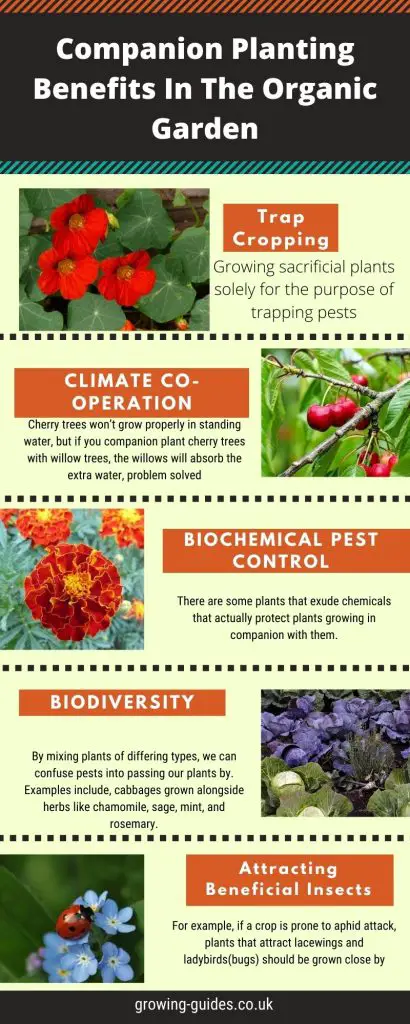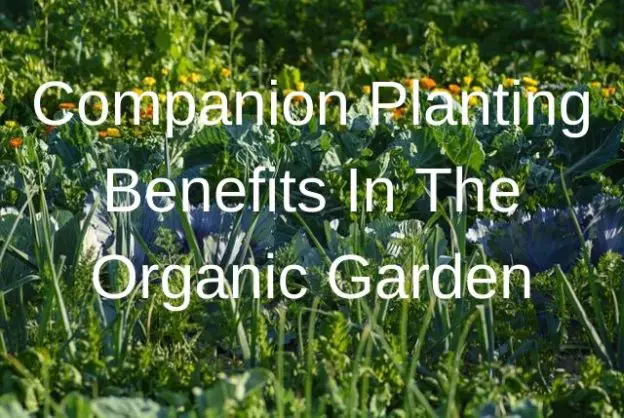To my mind we are way beyond does companion planting work. There have been numerous scientific studies on the pros and cons of companion planting. But the companion planting benefits in the organic garden cannot be over stated.
In this post I’ll list the main companion planting benefits in the organic garden, benefits like:-
- Trap Cropping
- Climate Co-operation
- Biochemical Pest Control
- Biodiversity
- Nitrogen Symbiosis
- Attracting Beneficial Insects
I’ll do my best to explain things in a way we can all understand, without too many complicated phrases. Let’s start with the history of companion planting.
A Word About The History Of Companion Planting

There is documented evidence from Roman sources that companion planting was practised 2,000 years ago. But there is also archeological evidence that the indigenous peoples of America were companion planting around 10,000 years ago. Certainly the Chinese were using companion planting methods to assist in improving their rice crops.
For a more in depth look at the history of companion planting follow this link.
Companion Planting Benefits In The Organic Garden
So let’s look at our list in more detail.
Trap Cropping
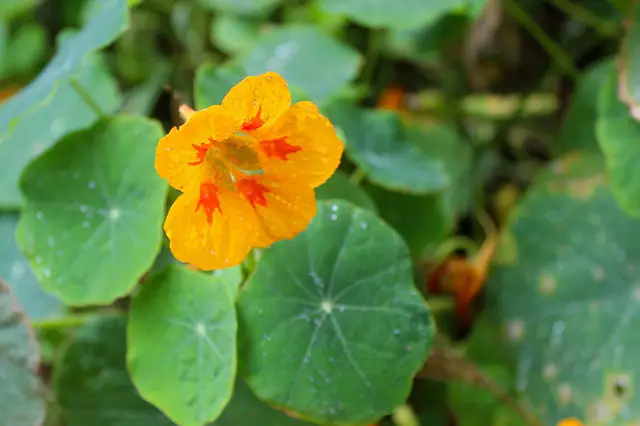
This is a technical term for growing sacrificial plants solely for the purpose of trapping pests. Like growing nasturtiums to trap aphids, particularly blackflies. Keeping nasturtiums at a safe distance from plants susceptible to aphid damage will save a lot of loss and disappointment.
Climate Co-operation
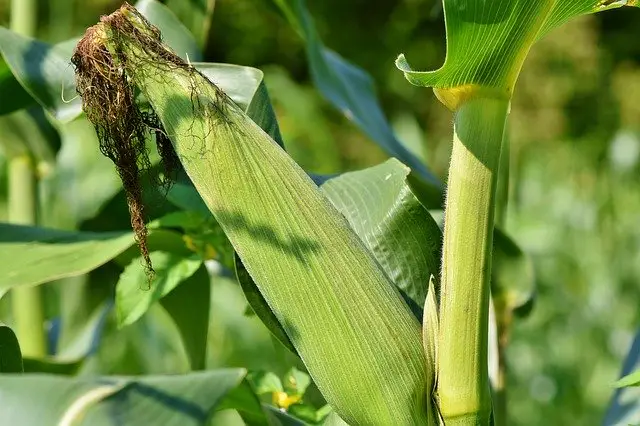
Combinations like sweetcorn and lettuce, the sunloving, tall growing sweetcorn will provide shade for the tender lettuce plants. This is an example of climate co-operation. So it’s a form of intercropping, another example is growing cherry trees in ground that has standing water.
Cherry trees won’t grow properly in standing water, but if you companion plant cherry trees with willow trees, the willows will absorb the extra water, problem solved.
Biochemical Pest Control

There are some plants that exude chemicals that actually protect plants growing in companion with them. For example, nasturtiums exude a chemical that has been found to kill the larva of the leaf miner. Marigolds release chemicals through their roots that deter nematodes.
There are also allelopathic plants,allelopathy is the action of some plants to release chemicals that deter insects or other plants. A good example of allelopathy is the black walnut tree that stops certain plants from growing within it’s drip line. The drip line is the end of the leaves where rain water will drip from.
The allelopathic properties of the black walnut were documented by Pliny the Elder around 2,000 years ago.
Biodiversity

By mixing plants of differing types, we can confuse pests into passing our plants by. Examples include, cabbages grown alongside herbs like chamomile, sage, mint, and rosemary. When the cabbage white butterfly comes looking for somewhere to lay their eggs, if all they see are cabbages then it’s easy for them to do what they do.
However if the cabbages are mixed in with other plants particularly ones that attract pollinators, the cabbage whites will be deterred due to high traffic flow. Farmers used to grow like this in the days before monoculture farming became the norm. In recent years scientists have been advising farmers to revert to biodiversity farming, in an effort to cut down on chemical pest control.
Nitrogen Symbiosis
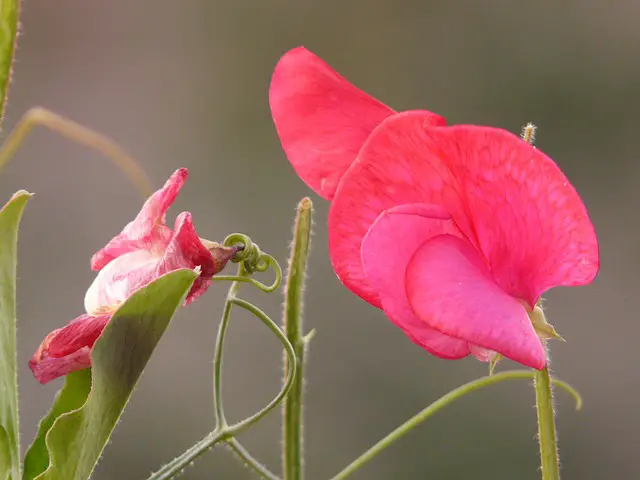
Plants need nitrogen to survive, and there’s plenty of nitrogen in our atmosphere. But plants can’t breath in nitrogen like we can, they have to use bacteria in the soil to fix nitrogen. There is one particular group of plants that fix nitrogen and they are legumes.
What Are Legumes?

There are many leguminous plants with the most common being peas and beans. Others include vetch and clover these are mainly used as cover crops. Legumes like peas and beans make use of soil bound bacteria to fix nitrogen from the air into plant available nitrogen.
After beans and peas have finished producing they will store this nitrogen in nodes on their roots. Digging in the roots and all of the leguminous cover crops back into the soil ensures that this nitrogen is replaced in the soil for following crops. This is another reason for crop rotation, for more on what is crop rotation and why is it important click here.
Attracting Beneficial Insects
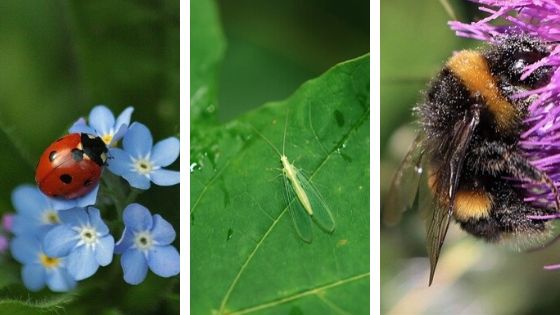
This could also be included with biodiversity, the idea is planting one type of plant with another to attract beneficial insects. This could be for pollination, attracting predators against pests known to attack the crop plants, or a combination of both. The idea is simple enough to understand in principle and even simpler to implement.
For example, if a crop is prone to aphid attack, plants that attract lacewings and ladybirds(bugs) should be grown close by. For more on how to get rid of aphids naturally follow this link, and this link gives examples of plants that repel aphids.
There are a number of plants that attract the good insects, try growing tansy, dill, thyme, even stinging nettles! Yes stinging nettles are known to attract many beneficial insects including ladybirds(bugs), bees and butterflies to find out more on companion planting nettles follow this link.
Examples Of Companion Planting In The Organic Garden

That’s the main points covered using nature as an example is a good way to emphasise the benefits of companion planting organically. Look at woodlands and hedgerows, in these natural growing conditions plants grow in companion with their neighbours. These plants are of various species and type, but they all grow together happily and healthily.
In our local woodland for example there are mature trees growing alongside bushes, root crops herbacious plants and more. It could be argued that this system is not sustainable as stronger plants will over grow weaker types. And that’s true in some cases, however that is in the long term, and as gardeners we are mixing it up every season.
Try growing strawberries under trees, adding a few herbs to your veg plots and intercropping beans with squashes. Also with early beans like broad beans (fava) interplant with poached egg plants. Not only will the early pollinators flock to the poached egg plants and then spill onto the beans.
Poached egg plants also attract ladybirds(bugs) a voracious consumer of aphids. Allowing dandelions to grow somewhere in the garden will attract many pollinators especially early in the season. Once they do arrive, as long as they find food they’ll keep returning.
Don’t take my word for it, the following link takes you to the RSPB (Royal Society for the Protection of Birds) site. RSPB companion planting. And here’s a link to the Garden Organic site. Garden Organic.
